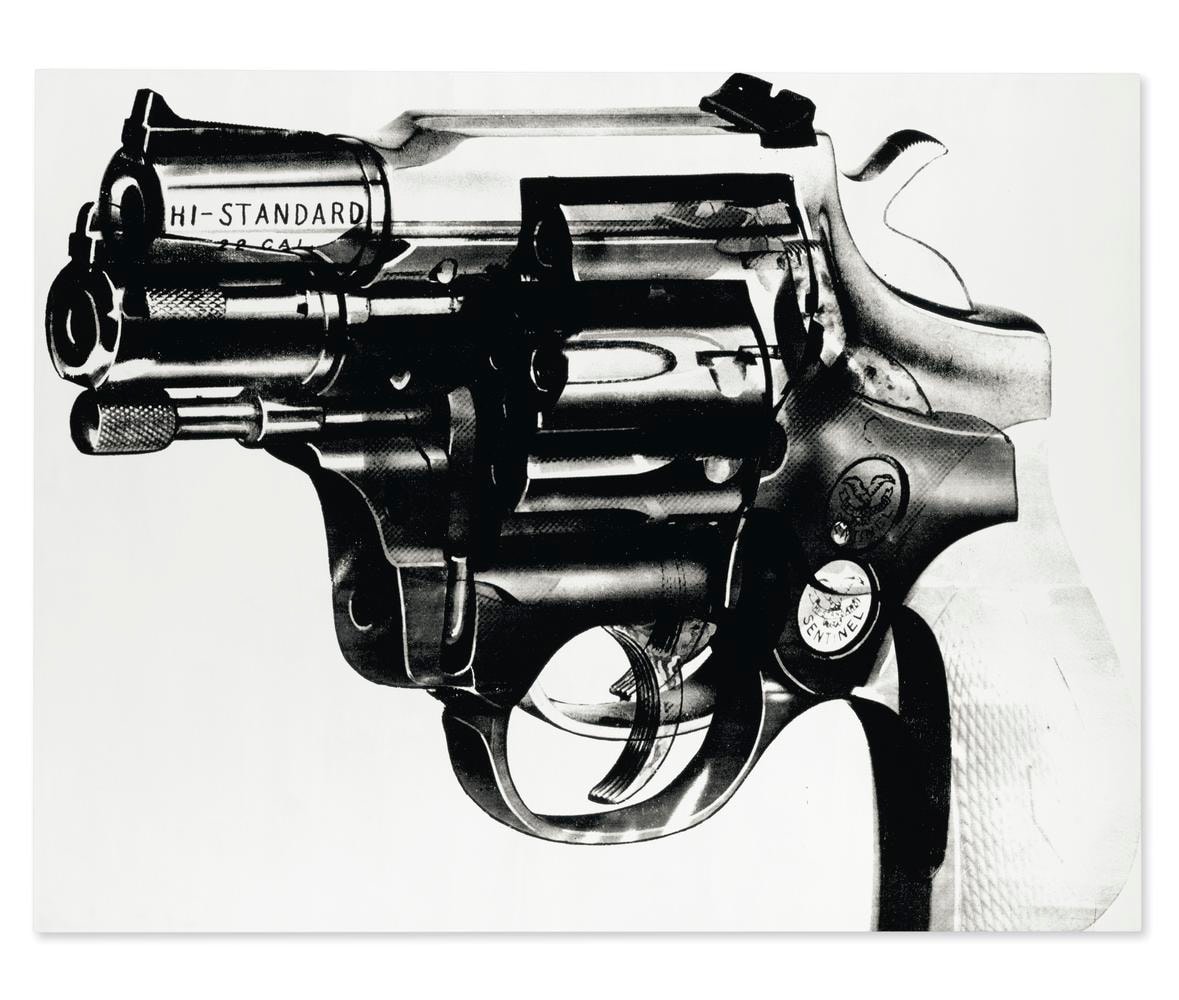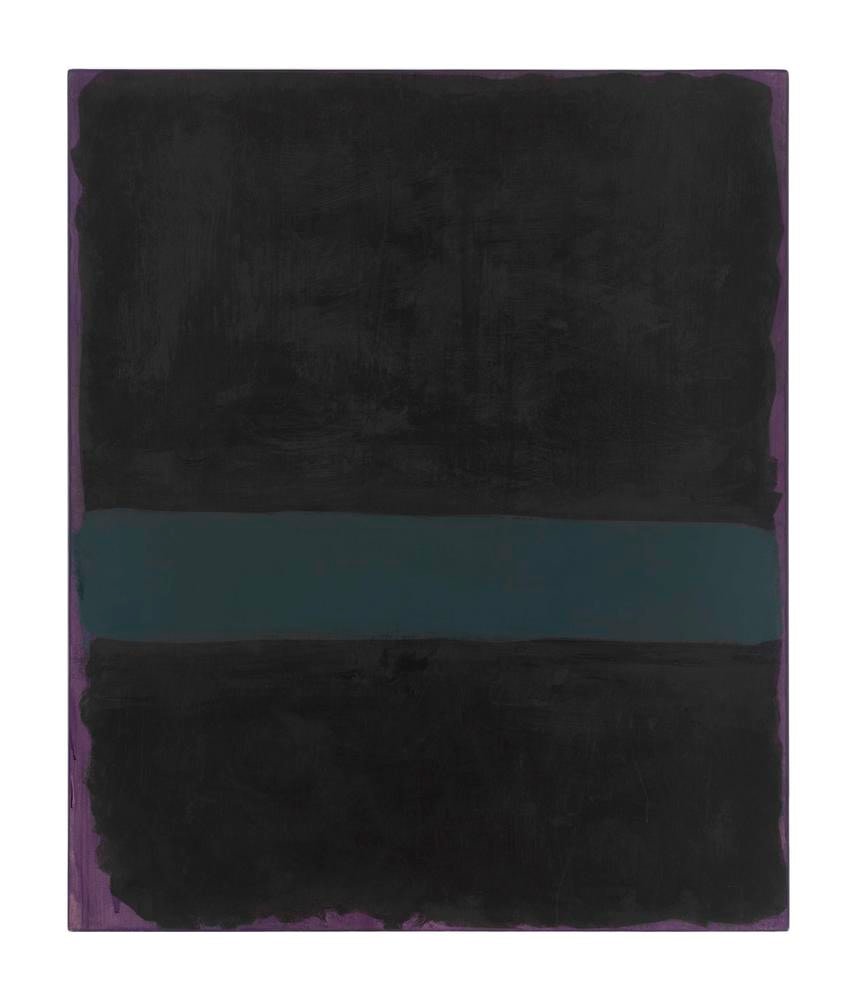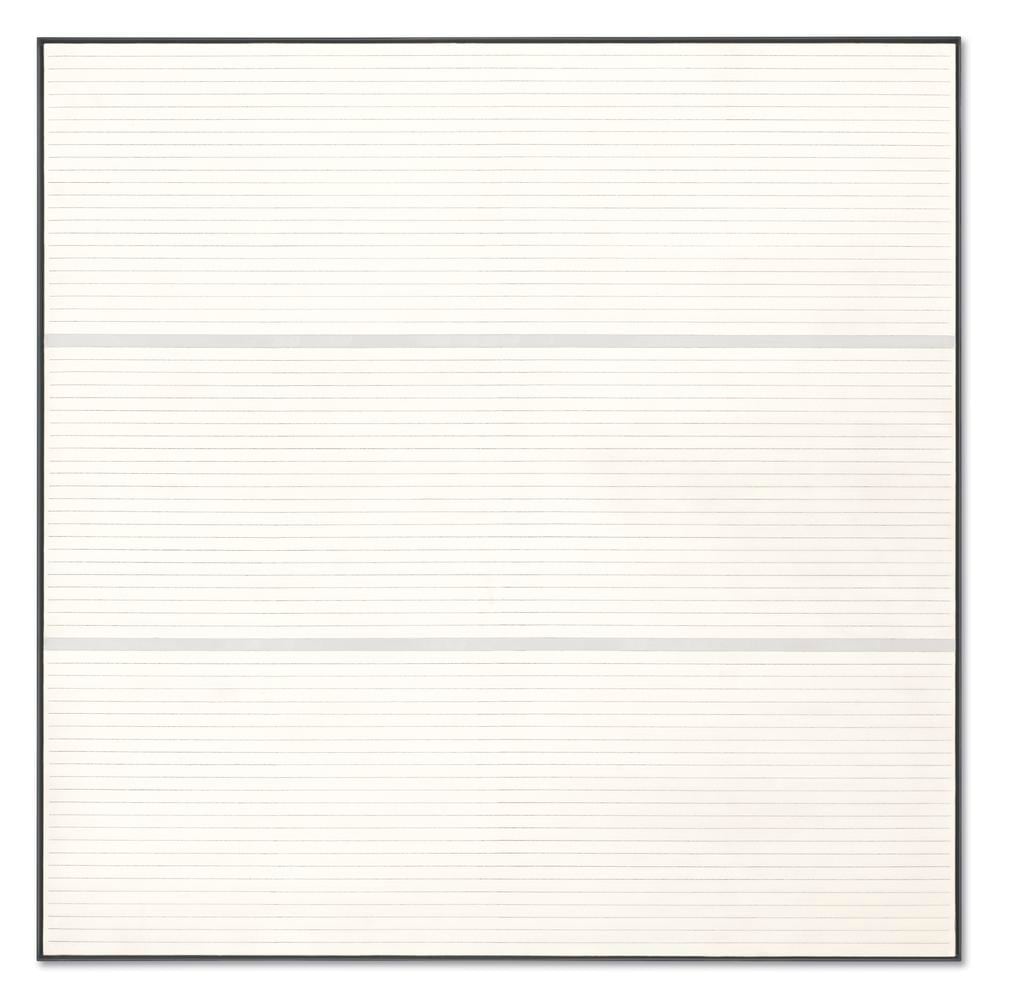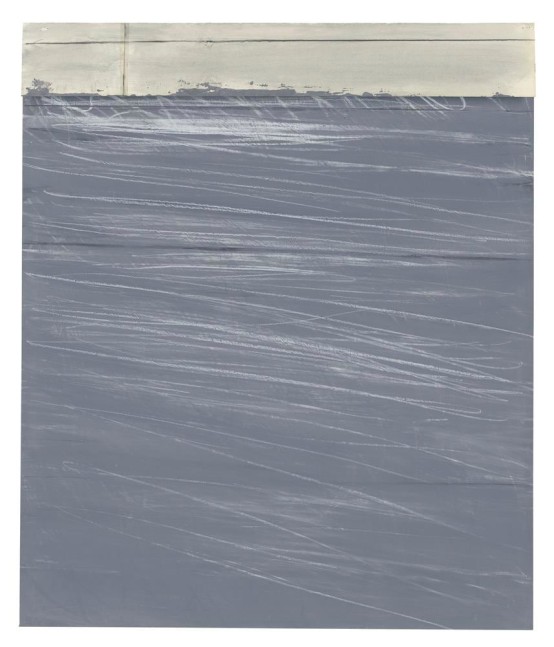On view at Mnuchin Gallery
Begun in 1981 on the heels of Anselm Kiefer’s representation of Germany in the 39th Venice Biennale, and completed in 1983, Tuteins Grab exemplifies the paramount moment in Kiefer’s career in which he reached full artistic maturity and catapulted himself onto the world stage. In this painting, as in the other best works from this pivotal period, Kiefer continues his ongoing exploration of Germany’s quest to come to terms with its Nazi past while introducing the widely varied materials, vast scale, and complex, almost sculptural surfaces that would become the trademarks of his mature style.
In this image, a sweeping barren landscape lies beneath a stormy sky. As in the majority of his work, Kiefer’s imagery is rich with references to German art, literature, and history. In the artist’s furrowed fields lie allusions to the long tradition of German landscape painting, from the moody Romantic vistas of Caspar David Friedrich to the realist landscapes of the 1930s that were appropriated by the Nazis as propaganda for Hitler’s “blood and soil” values.1 Also haunting Kiefer’s imagery of a blackened, empty field is the legacy of the “Scorched Earth” decree of 1945, in which Hitler ordered the destruction of German infrastructure in order to prevent its use by advancing Allied forces. While acknowledging the dark history inextricably embedded in this iconography, Kiefer views the plowed, barren field as a promise of fruitfulness to come, a hopeful symbol of the cycle of birth, death, and rebirth.2
While Kiefer had explored similar subject matter in his work throughout the previous decade, it was not until this moment in the early 1980s that he readdressed these themes with a new focus on physical materiality and the literal and symbolic qualities of his materials, incorporating straw, lead, sand, and photographs into his paintings to create complex, richly textured surfaces. It was in 1981—the year this work was begun—that Kiefer first employed straw in his paintings, a material that would go on to become a signature element in his work for the rest of his career. Kiefer’s straw adds a delicacy and fragility to his monumental sweeping scenes and stark subject matter. As Mark Rosenthal has explained, “Kiefer’s straw paintings were a new version of the landscape in his art, providing a vulnerable stage set for human history and fire… [H]is feelings about the physical fragility of the material converged with his sense of the history and fate of Germany.”3
Embedded in the dark earth is an abstracted gray slab, identified clearly only by the inscription in the sky above it—Tuteins Grab, or Tutein’s Tomb— from which the painting takes its name. The title refers to River Without Banks (1949), the second part of a novel trilogy by German Expressionist novelist and playwright Hans Henny Jahnn (1894-1959), whose writings were banned by the Nazis. The text tells the story of a sailor named Tutein whose body, when he dies, remains stored in the home of his best friend, encased in a crate of zinc, lead and wood.
Tuteins Grab was first exhibited in 1984 in Kiefer’s solo exhibition organized by the Städtische Kunsthalle Düsseldorf. The exhibition traveled to the Musée d'Art Moderne de la Ville de Paris and the Israel Museum, Jerusalem, providing the first overview of Kiefer’s oeuvre presented in France and Israel. That same year, the painting was acquired by the prestigious Erich Marx Collection— most of which is now housed in the Hamburger Bahnhof Museum für Gegenwart in Berlin— where it remained until 2000. This presentation marks the first time the work has been exhibited in the United States.
1 K. Soriano, “Building, Dwelling, Thinking,” in Anselm Kiefer, London: Royal Academy of Arts, 2014, p. 27.
2 Ibid.
3 M. Rosenthal, Anselm Kiefer, Munich: Prestel-Verlag, p. 95.





![Anselm Kiefer
Tuteins Grab [Tutein's Tomb]
1981-83
oil, emulsion, and straw on canvas
110 x 150 inches (279.4 x 381 cm)](https://img.artlogic.net/w_1800,h_1000,c_limit/exhibit-e/5ee91a5b30a72c31408b4567/580ea2a525301dbfceeb666974374f99.jpeg)




![Anselm Kiefer
Tuteins Grab [Tutein's Tomb]
1981-83
oil, emulsion, and straw on canvas
110 x 150 inches (279.4 x 381 cm)](https://img.artlogic.net/w_647,h_647,c_limit/exhibit-e/5ee91a5b30a72c31408b4567/580ea2a525301dbfceeb666974374f99.jpeg)